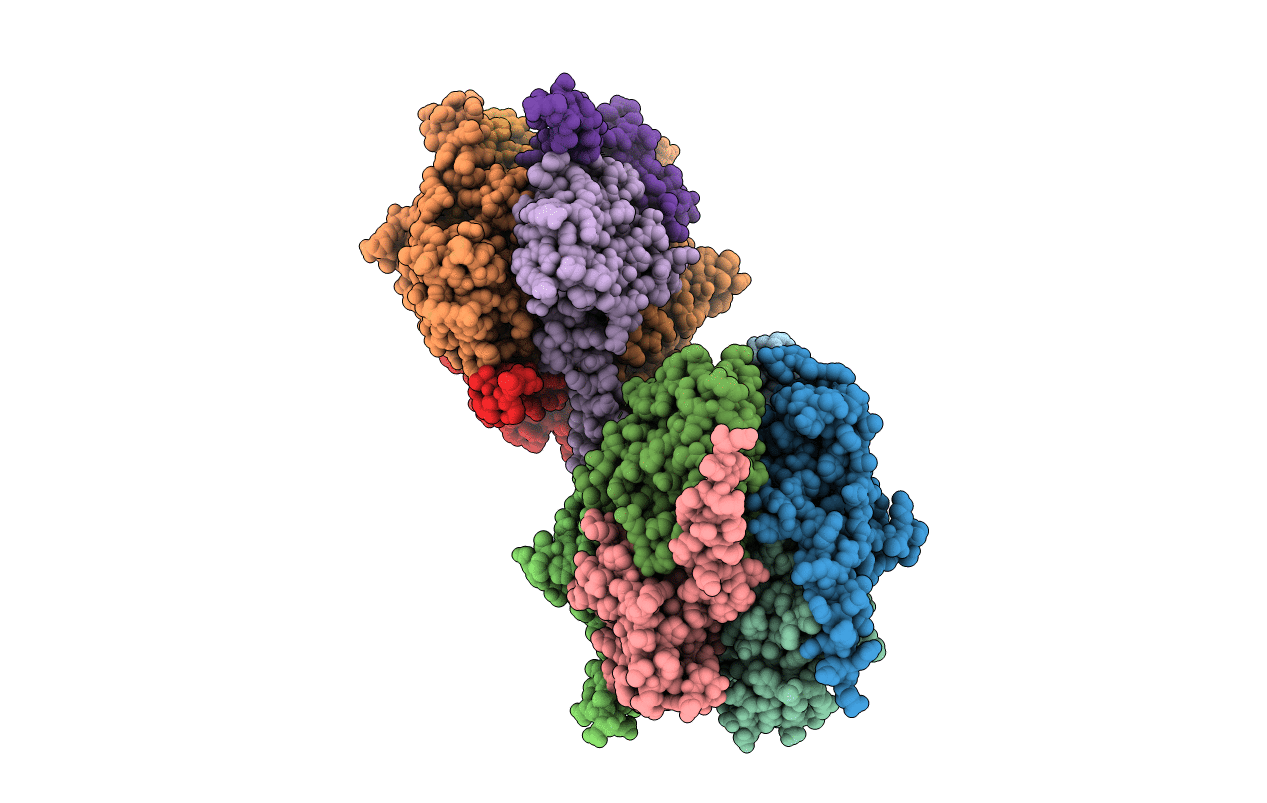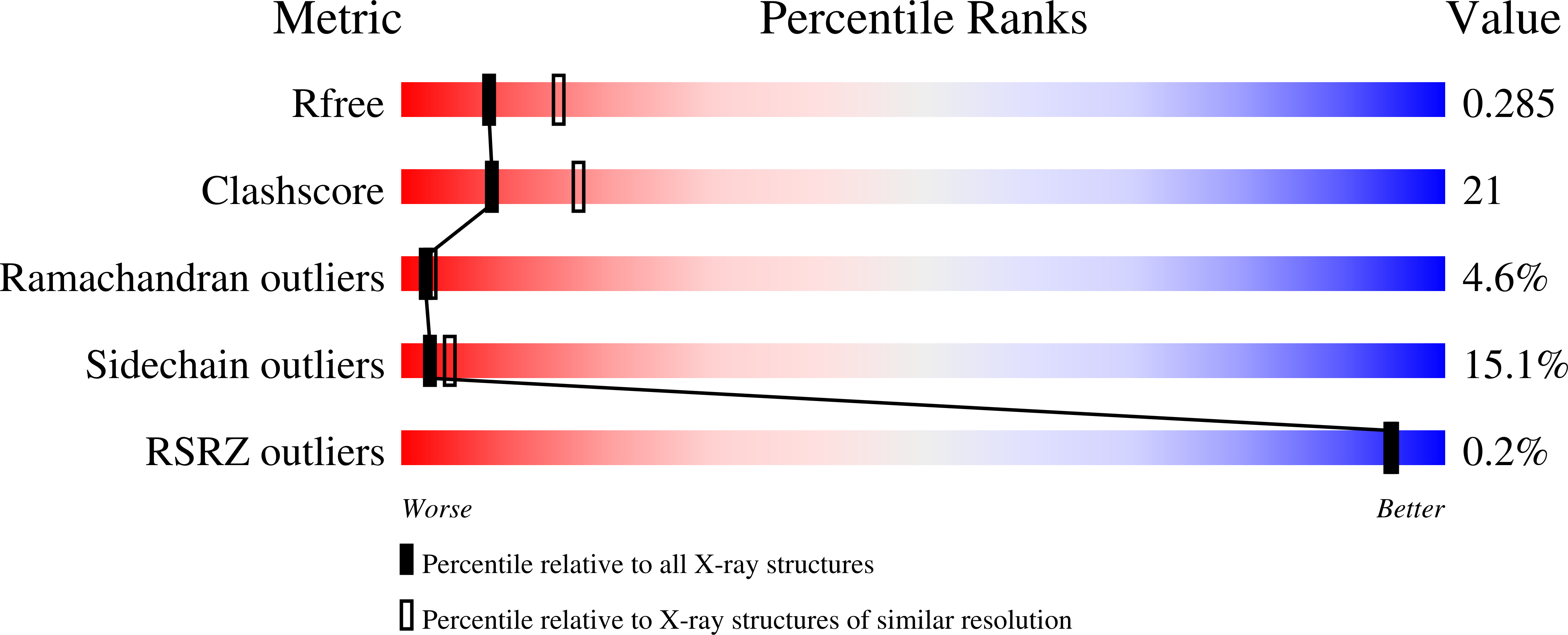
Deposition Date
2007-07-16
Release Date
2007-09-18
Last Version Date
2023-08-30
Entry Detail
Biological Source:
Source Organism:
Lactobacillus casei (Taxon ID: 1582)
Host Organism:
Method Details:
Experimental Method:
Resolution:
2.60 Å
R-Value Free:
0.29
R-Value Work:
0.22
R-Value Observed:
0.22
Space Group:
P 1


